Historical and Cultural stories of three kinds of Coffee beans introduction to the Flavor characteristics of Arabica Coffee beans
If you are an avid coffee enthusiast, you should want to know how many kinds of coffee there are in the world and what makes each coffee unique. Today, Qianjie will lead you to learn about the detailed classification of coffee in the world. In today's article, you will learn more about their different varieties, and through our introduction you will find the most suitable coffee beans on the market.
There are three types of coffee beans used for commercial cultivation in the world: Arabica, Robusta and Liberia.
Before I begin to explain these three types, we need to briefly explain the classification of coffee plants.
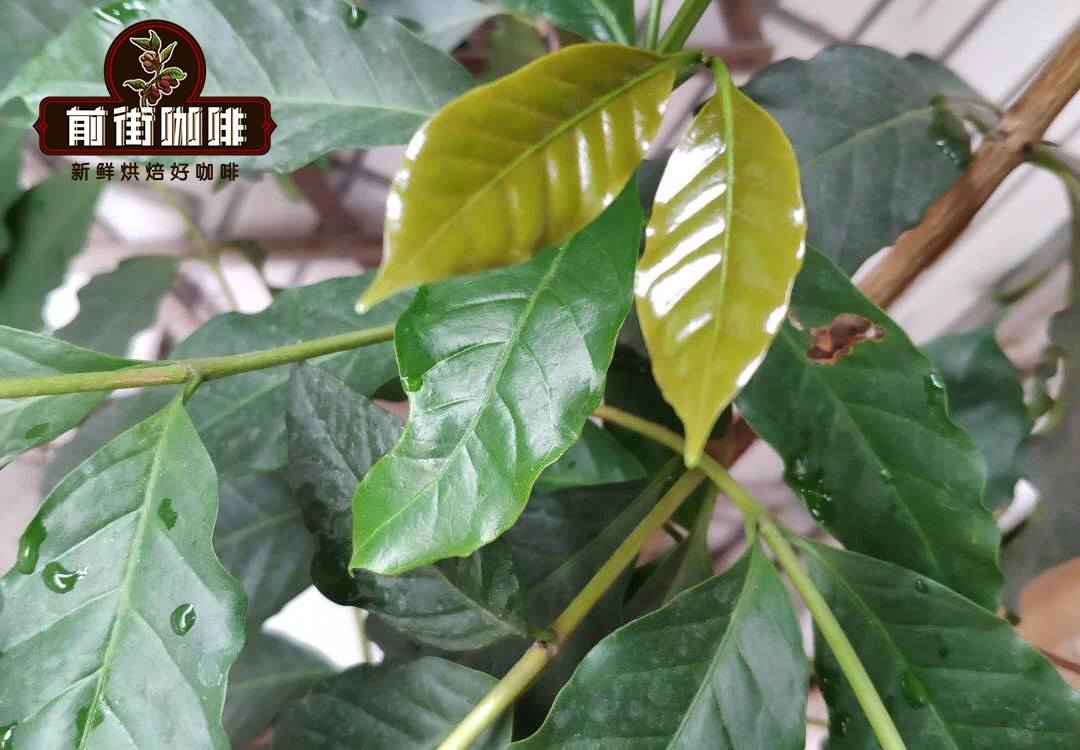
What kind of plant is coffee bean?
The following is a breakdown of the coffee classification by the USDA:
Domain: eukaryote-an organism of cells in which the nucleus is wrapped in the cell membrane.
Kingdom: Plantae-plants.
Subkingdom: Tracheobionta-vascular plants.
Superdivision: spermatophyte-seed plant.
Family: Magnolia-flowering plants.
Category: Magnoliopsida-A flowering plant.
Subcategory: Asteridae-the lower classification of flowering plants.
Order: Rubiales-- dicotyledonous plants
Family: Rubiaceae-families of chiefly tropical herbs, shrubs, and trees.
Genus: Coffea L.-Coffee plants.
Species: small-grain coffee, medium-grain coffee-such as Arabica, Robusta or Liberia.
Arabica coffee beans
Most people associate Arabica coffee beans with high-quality boutique coffee. Arabica coffee accounts for about 60-70% of the world's total coffee production. Arabica coffee is considered to be the first coffee variety to be grown. These beans grow at high altitudes and need to be in areas where rainfall is stable and cool. They are very sensitive to the requirements of the growing environment, and most of them are between the Tropic of Cancer and the Northern and Southern latitudes. The altitude requirement for Arabica is between 800 and 2000 meters. The higher the altitude, the better the quality of the coffee.
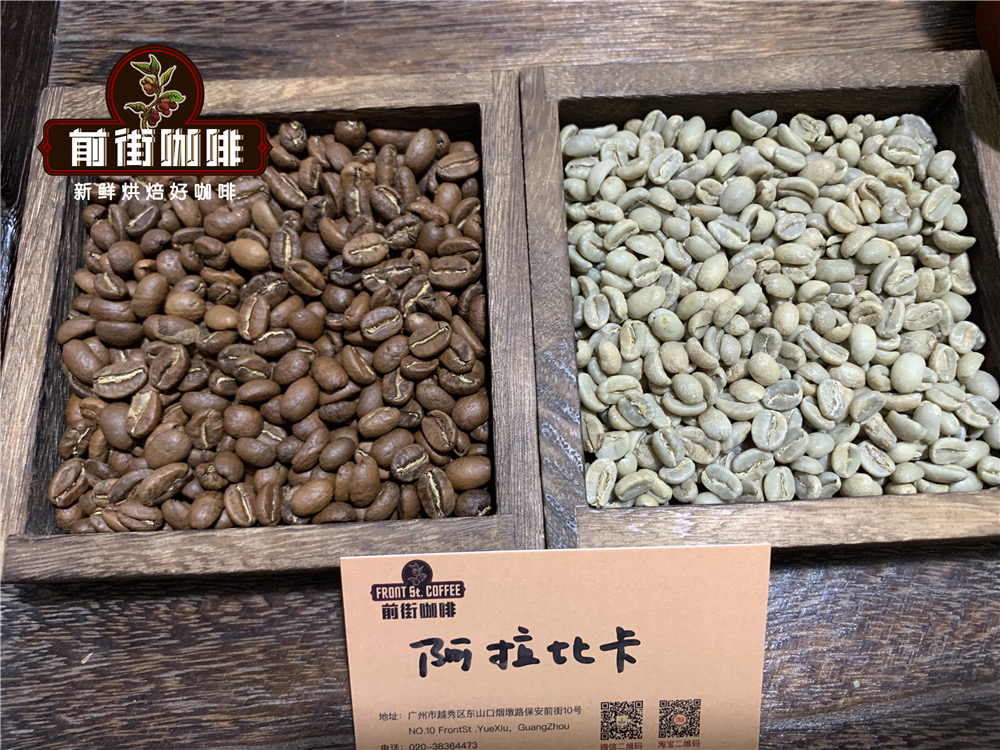
Its origins can be traced back to the highlands of the kingdom of Kefa, present-day Ethiopia, about 1000 BC. In Kefa, the Oromo tribe crushed it and mixed it with fat to make a ball the size of a ping-pong ball. The Oromo tribe used the sphere as a pick-me-up as people do today. Arabica coffee got its name around the 7th century, when the beans crossed the Red Sea from Ethiopia to what is now Yemen and the Arab region, so it was also known as Arabica coffee. The first written record of making coffee from roasted beans came from Arab scholars who wrote that coffee is helpful in prolonging their working hours. Arabs' innovative practice of making wine from roasted coffee beans in Yemen first spread among Egyptians and Turks, and later found it around the world.
Arabica coffee has the largest variety (at least 40). Here is a small list on the front street:
| | Typica (iron pickup) |
Like all Arabica coffee, the Typica group originated in southwestern Ethiopia. It is one of the most culturally and genetically important coffee in the world. Iron pickup coffee bean-shaped oval, the bean body is slender and full, with a clean taste and quiet and clean flavor characteristics. It is sensitive to leaf rust, but it can adapt to low temperature weather very well.
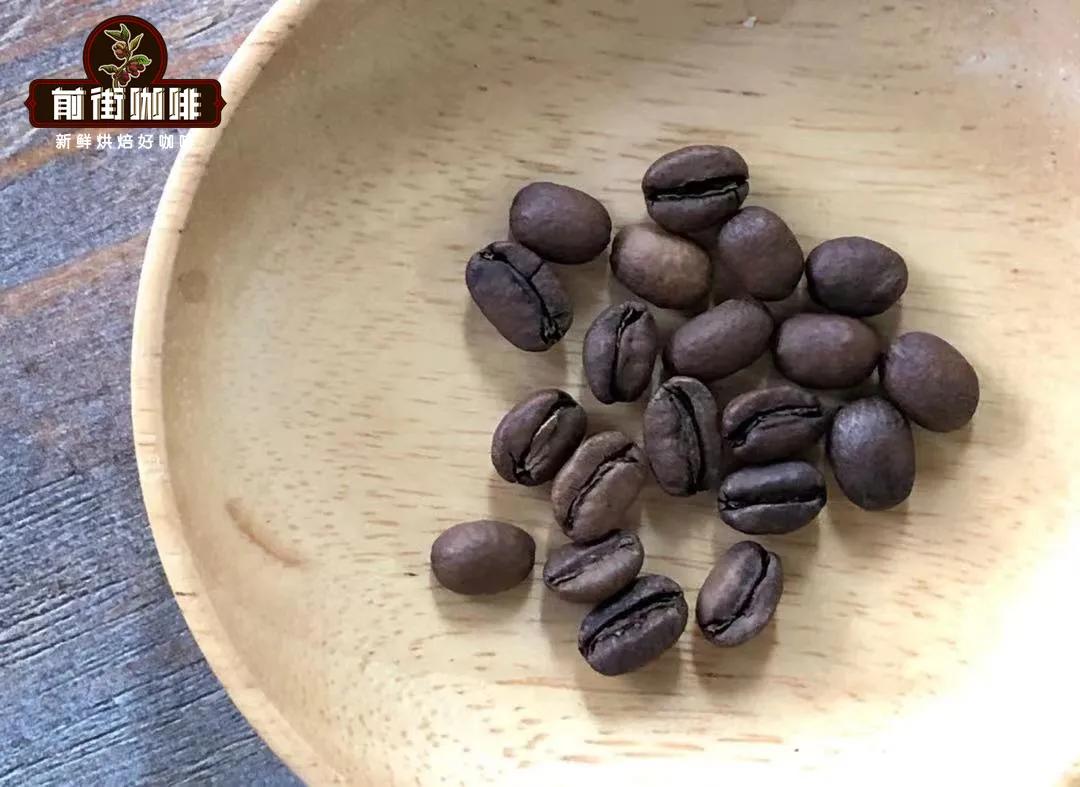
| | Bourbon |
Bourbon is a natural variety of iron pickup. French missionaries introduced bourbon from Yemen to Bourbon (now Reunion) in the early 1700s and named it after it. But since the mid-1800s, as missionaries began to establish a foothold in Africa and the Americas, this diversity spread to new parts of the world. Bourbon coffee beans short round, thick beans, with a smooth taste and sweet obvious flavor characteristics.
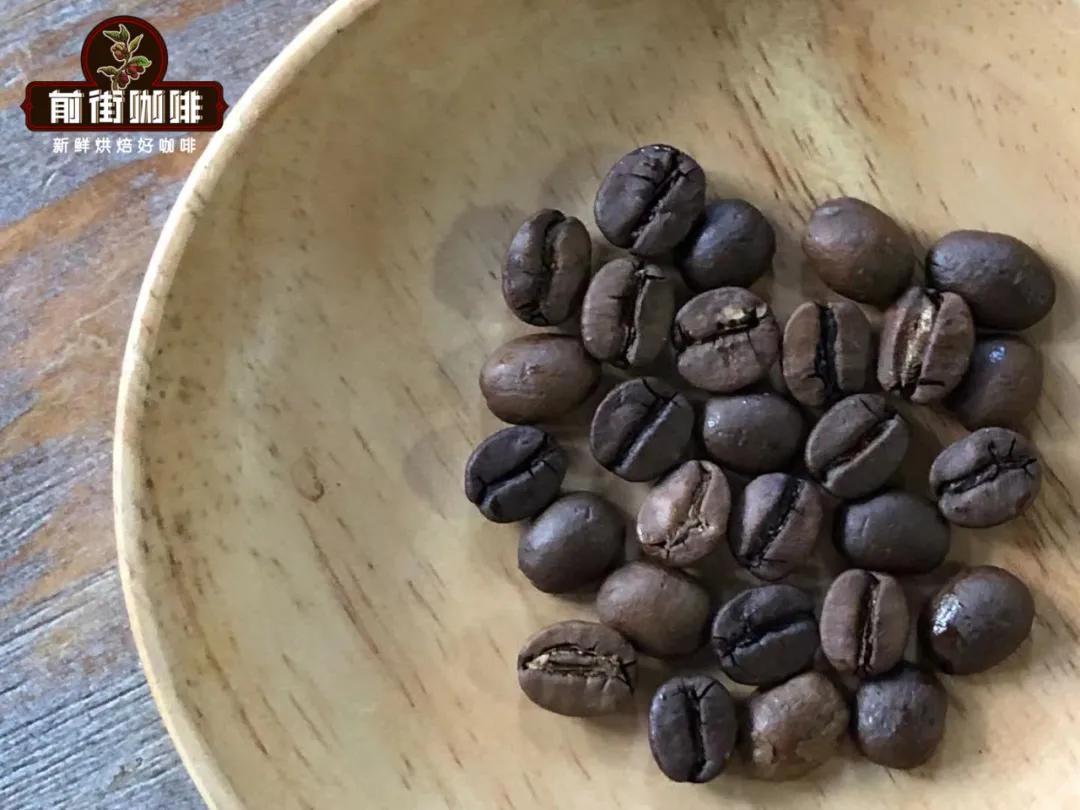
Rose summer (Geisha)
The variety was first discovered in the rose summer coffee forest of Ethiopia in the 1930s. The spelling Geisha and Gesha are often used interchangeably, which is related to the fact that there is no fixed translation from Ethiopian dialect to English. Caffeine rose to fame in 2005 when the Peterson family of Boquete in Panama joined the "best in Panama" competition and auction. It received extremely high reviews, breaking the auction record for raw coffee at the time, selling for more than $20 per pound. Rosa coffee beans are slender in shape, with pointed beans at both ends and fat and plump in the middle.
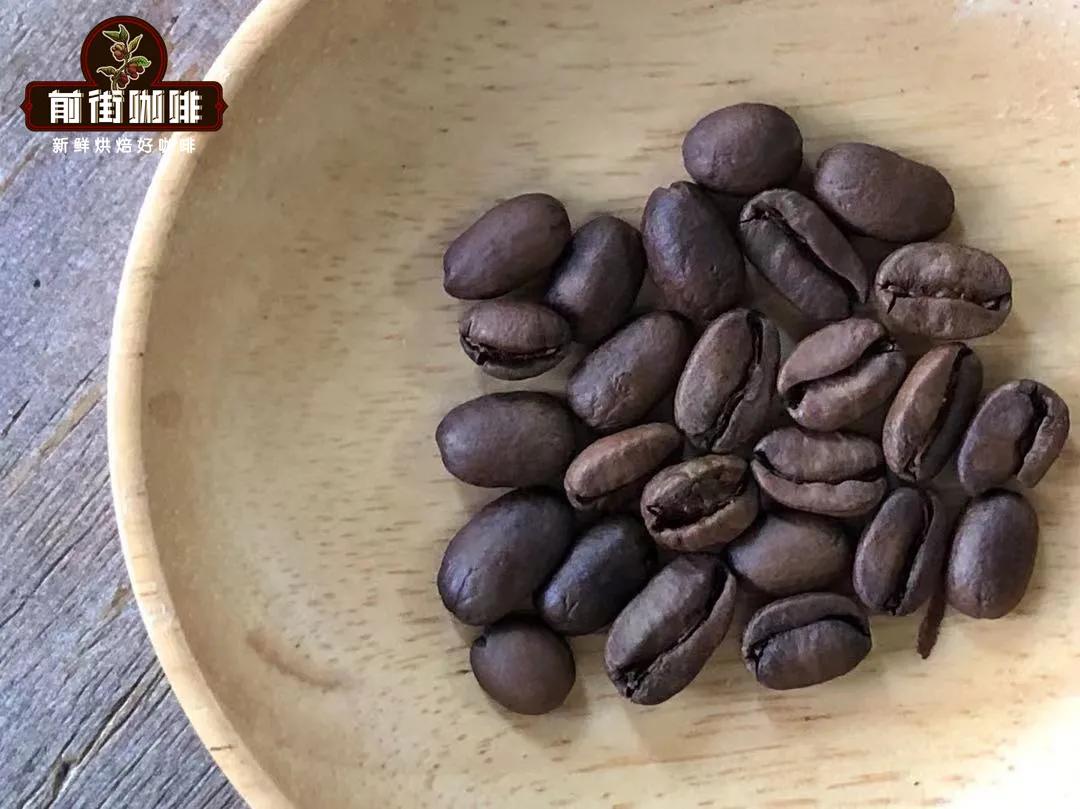
| | Kaddura (Caturra) |
Kaddura is a compact plant with good yield potential of standard quality and is very sensitive to coffee leaf rust. Caturra is a natural mutant of bourbon variety. It was found on a plantation in the Brazilian state of Minas Gerais between 1915 and 1918. Kaddura coffee beans are round and long, with curved ends, bright and clean taste and obvious sweet flavor.
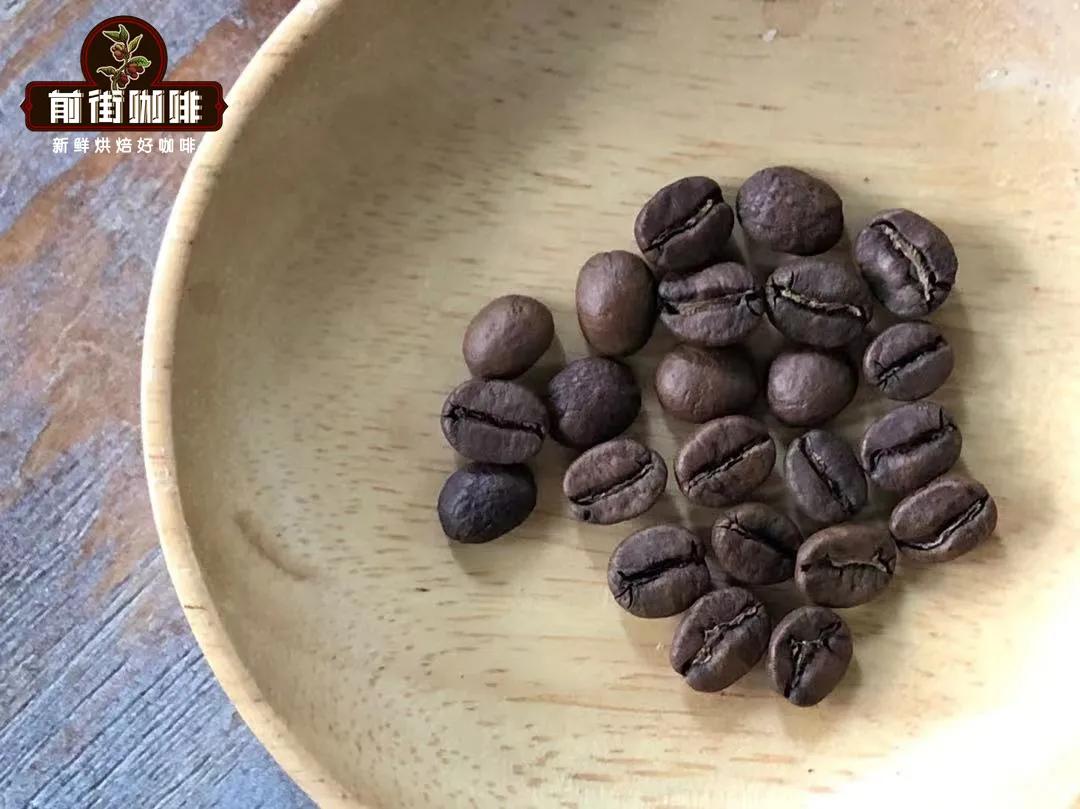
| | Catuai |
Compact factories like Kaddura, which have high yield potential of standard quality in Central America, are very sensitive to coffee leaf rust. The cross between high-yielding New World and compact Kaddura was made by Instituto Agronomico (IAC) in the state of Campinas Sao Paulo, Brazil. Kaduai coffee beans are oval and flat, with slender ends, soft acidity, clean taste and rich fruit aromas.
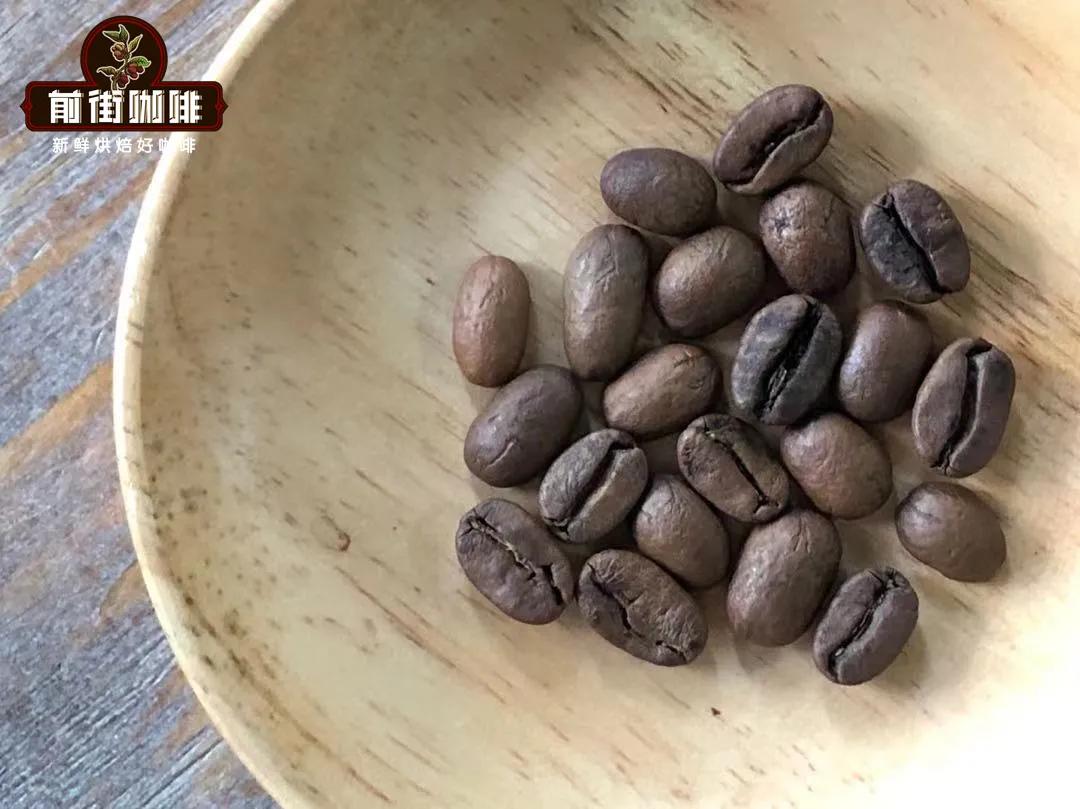
| | SL28 & SL34 |
During the period from 1935 to 1939, Scott's laboratory used SL as a prefix for selected coffee varieties. SL28 is one of the most famous and respected varieties in Africa. As a result, it spread from Kenya, which was first selected in the 1930s, to other parts of Africa (especially in the Arabica growing areas of Uganda) and now to Latin America.
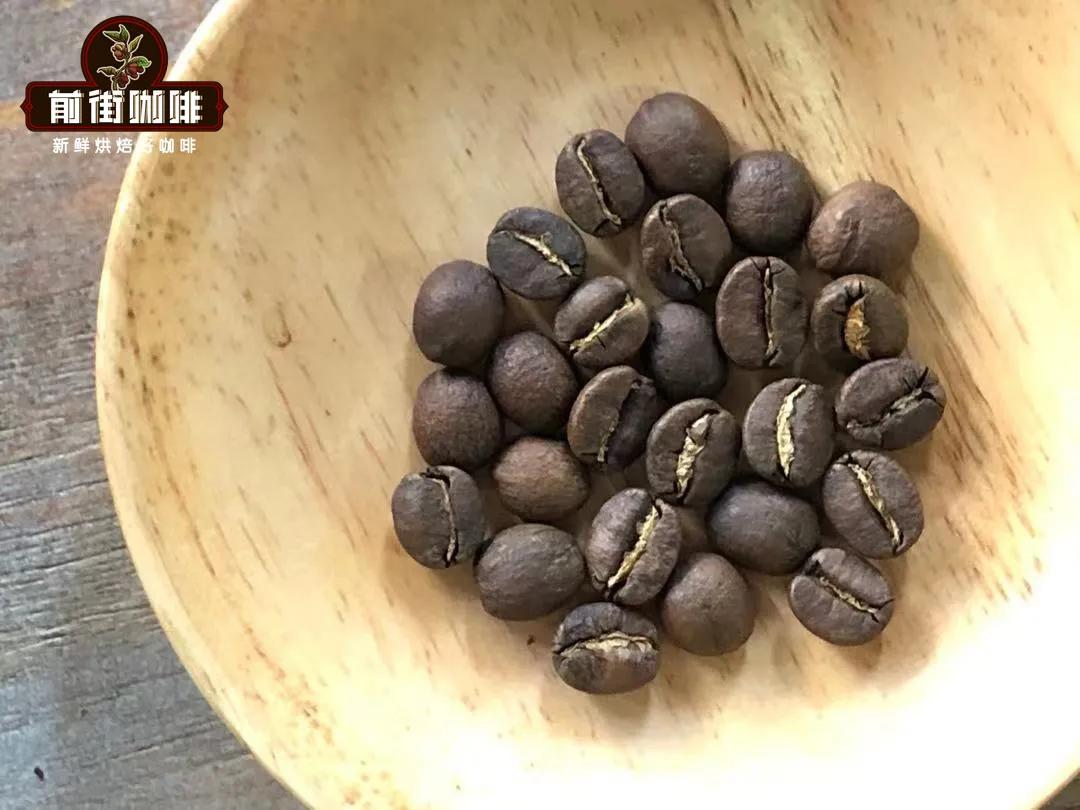
SL28 comes from the bourbon gene group, the bean shape is short and round, the bean body is thick, and it has the flavor characteristics of rising acidity and obvious sweetness. SL34 comes from the iron pickup gene group, the bean shape is oval, it is not as plump as the tin card variety from the side, it will appear relatively flat, and it has the flavor characteristics of sweet and sour balance and caramel aftertaste.
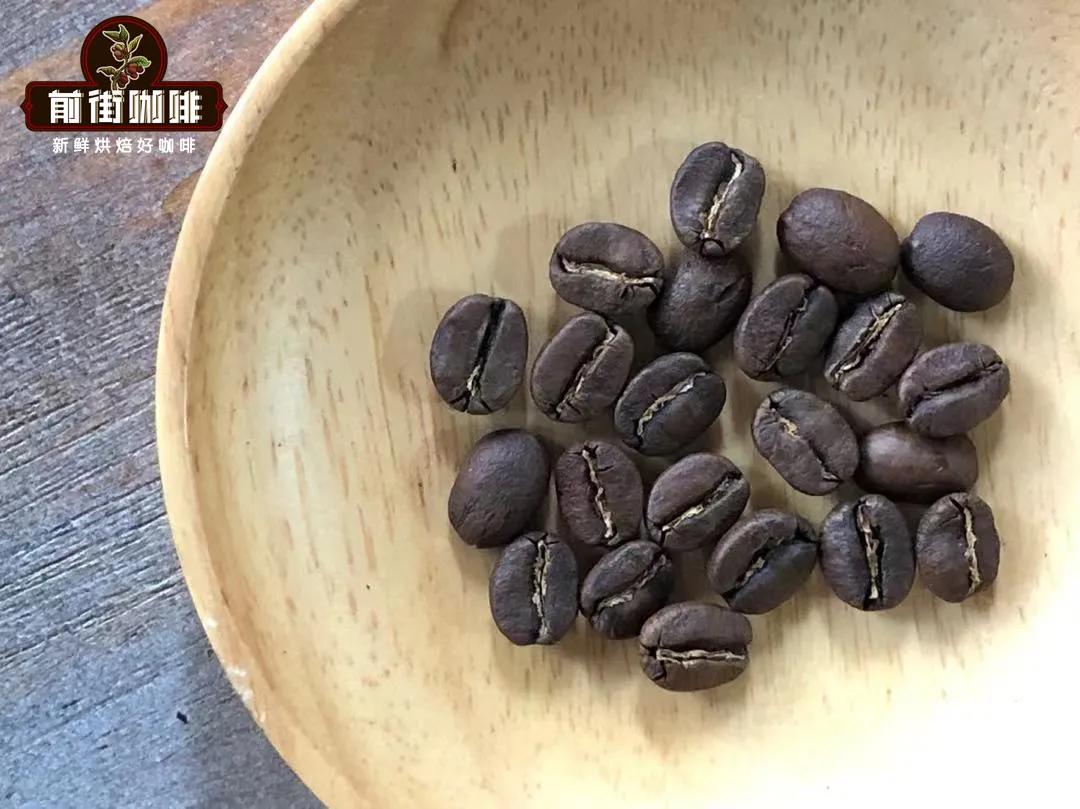
Robusta coffee beans
Robusta coffee beans account for about 30% of the world's coffee production, which is a cheaper variety, making it a very economical choice for roasters. Thanks to the rich caffeine content of Robusta coffee beans, he is generally used as the raw material of instant coffee.
Robusta grows at a much lower altitude than Arabica, usually about 0-800 meters above sea level. In the absence of sufficient evidence, it is difficult to say exactly when the Robusta plant was discovered. Many people think that robusta coffee is hotter and more bitter. But some Robusta coffee beans also have some positive flavors such as walnut, peanut, hazelnut, wheat, grain and so on. Some even say they have a slight taste of chocolate.
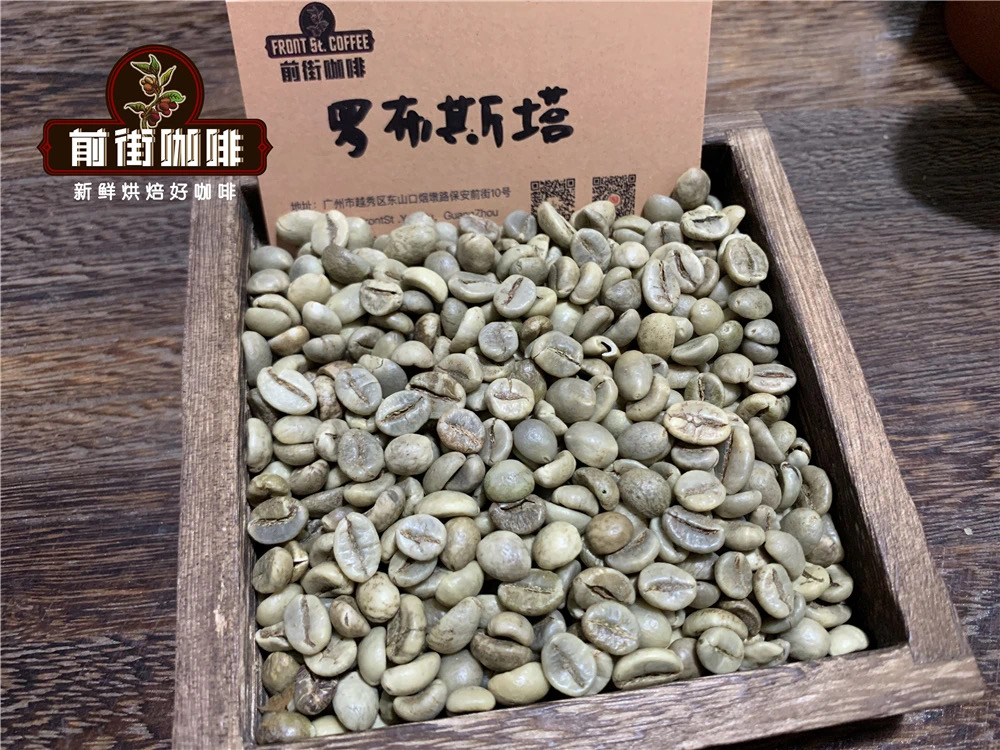
Liberian coffee beans
Before the late 1800s, unheard of in Western civilization, Liberia gained a foothold among coffee producers in Southeast Asia after fungal disease ("coffee rust") destroyed most Arabica coffee crops in the region. But he is not common in North America and Europe. At present, this kind of coffee accounts for only about 7% of the world's coffee.
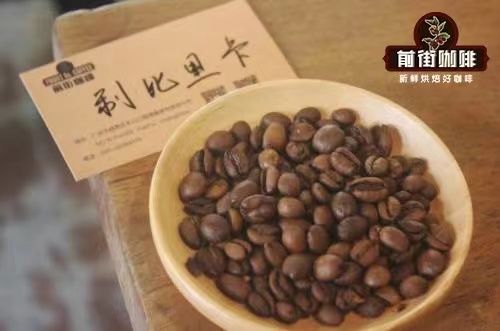
They are bigger than other beans and are the only irregularly shaped beans in the world. The aroma of Liberica beans is also unique. Some people say that they are not only smoky, but also fruity and floral. The wild flavor of Liberica caffeine is controversial and polarized. Liberica is also often used as a raw material for instant coffee, and in the Philippines, "Kape Barako" has become a must for breakfast coffee of the older generation. In Malaysia, Liberica coffee beans are made as a local specialty-white coffee.
Professional coffee knowledge exchange more coffee bean information please follow the coffee workshop (Wechat official account cafe_style)
For more boutique coffee beans, please add private Qianjie coffee on Wechat. WeChat account: kaixinguoguo0925
Important Notice :
前街咖啡 FrontStreet Coffee has moved to new addredd:
FrontStreet Coffee Address: 315,Donghua East Road,GuangZhou
Tel:020 38364473
- Prev
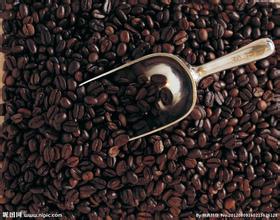
How to use the coffee powder press how to use the powder press
Why are there different sizes of powder hammers? In fact, there are two sizes of powder hammer, the small size is about 49mm to 53mm (4.0cm to 5.2cm), and the large size is from 57.5mm to 58.5mm (5.75cm to 58.5cm). The difference in specification is mainly due to the problems of household Italian machines and commercial coffee machines. Large powder bowls are commonly used in commercial businesses, and every coffee maker company
- Next

Introduction to the growing environment and varieties of coffee trees
Coffee trees are small shrubs growing in tropical highlands. Their fruits are red or yellow, and the seeds inside are what we call coffee beans. At present, coffee beans are grown in about 66 countries in the world, among which they can be classified as Arabica, Robusta and Liberica. Arabica is the largest major variety of coffee beans, accounting for about 80% of its aroma and quality. And
Related
- Detailed explanation of Jadeite planting Land in Panamanian Jadeite Manor introduction to the grading system of Jadeite competitive bidding, Red bid, Green bid and Rose Summer
- Story of Coffee planting in Brenka region of Costa Rica Stonehenge Manor anaerobic heavy honey treatment of flavor mouth
- What's on the barrel of Blue Mountain Coffee beans?
- Can American coffee also pull flowers? How to use hot American style to pull out a good-looking pattern?
- Can you make a cold extract with coffee beans? What is the right proportion for cold-extracted coffee formula?
- Indonesian PWN Gold Mandrine Coffee Origin Features Flavor How to Chong? Mandolin coffee is American.
- A brief introduction to the flavor characteristics of Brazilian yellow bourbon coffee beans
- What is the effect of different water quality on the flavor of cold-extracted coffee? What kind of water is best for brewing coffee?
- Why do you think of Rose Summer whenever you mention Panamanian coffee?
- Introduction to the characteristics of authentic blue mountain coffee bean producing areas? What is the CIB Coffee Authority in Jamaica?

